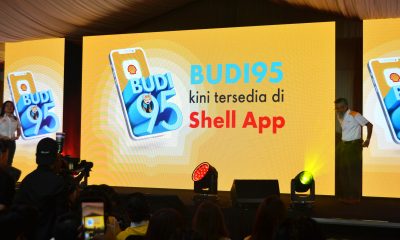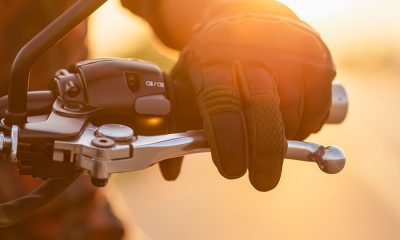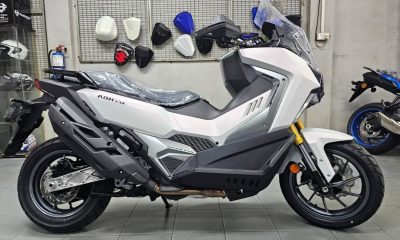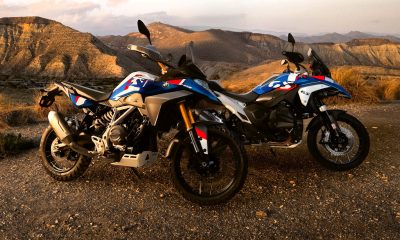Understand Your Motorcycle’s Engine Indicator, Common Issues That Trigger It, and What You Should Do Next

Subscribe to our Instagram Channel for instant news & updates!
Understanding Why the Engine Warning Light Turns On
When the engine warning light appears on your motorcycle’s dashboard, it means the ECU has detected something unusual in the engine system. This light does not always indicate a major failure, but it does mean something needs attention. Modern motorcycles rely heavily on sensors, so even a small irregularity can trigger the warning.
Sometimes the issue is minor, such as a loose connector, while other times it may signal problems with fuel delivery, ignition, or emission control. The light essentially acts as the bike’s early warning system so you can fix the issue before it becomes worse.
Common Reasons Why the Engine Light Comes On
One of the most common reasons for this warning is an issue with the oxygen sensor or commonly known as the O2 sensor. This sensor monitors the air-fuel mixture, and if the reading is too rich or too lean, the engine light will turn on. Another frequent cause involves fuel system problems, such as clogged injectors, low fuel pressure, or inconsistent fuel quality.
Electrical issues can also trigger the light. A weak battery, loose wiring, or corroded connectors might cause faulty readings. Many bikes also activate the warning light when the throttle body is dirty or when the idle sensor detects unstable idling. In some cases, overheating makes the ECU turn on the light to prevent any further engine damage.
What You Should Do When the Light Turns On
If the engine warning light comes on while you’re riding, the first step is to stay calm and observe the bike’s behavior. If the motorcycle still runs normally with no strange noises or loss of power, you can continue riding slowly until you reach a safe place. However, if the engine feels rough, vibrates unusually, or lacks power, it’s safer to stop immediately.
The next thing you should do is restart the motorcycle. Sometimes the ECU resets itself if the issue is temporary. If the light stays on, try checking simple things first: make sure the battery terminals are tight, inspect visible wiring, and ensure the tank has clean fuel. If none of these steps help, the best solution is to perform an OBD2 diagnostic scan, which shows the exact error code causing the warning.

How Mechanics Diagnose the Problem
When you take your motorcycle to a workshop, the mechanic will normally use a diagnostic scanner to read the ECU’s error codes. These codes point directly to the affected system such as fuel injection, ignition timing, throttle position sensor, or temperature sensor. Once the code is known, troubleshooting becomes much easier.
After identifying the problem, the mechanic may clean the throttle body, replace faulty sensors, adjust the fuel system, or reset the ECU. If the issue is more serious, such as overheating or engine misfiring, follow-up inspections may be needed to prevent any long-term damage.
Is It Safe to Keep Riding With the Engine Light On?
In most cases, it is not recommended to ride for long distances with the engine warning light on. While the motorcycle may still feel normal, the ECU is telling you that something is not functioning correctly. Ignoring the warning can lead to increased fuel consumption, poor performance, or even engine failure if the problem is severe.
Short-distance riding to reach a workshop is usually fine as long as the motorcycle still behaves normally. However, if the bike shows symptoms like jerking, loss of power, high engine temperature, or smoke from the exhaust, stop riding immediately.
Why You Should Never Ignore the Warning
The engine warning light exists to protect your motorcycle from damage. A small issue today can become a bigger and more expensive repair later. Early detection helps keep your motorcycle performing well, saves fuel, and ensures safe riding. By addressing the warning as soon as it appears, you minimize the risk of breaking down unexpectedly.































Facebook
Instagram
X (Twitter)
YouTube
LinkedIn
RSS